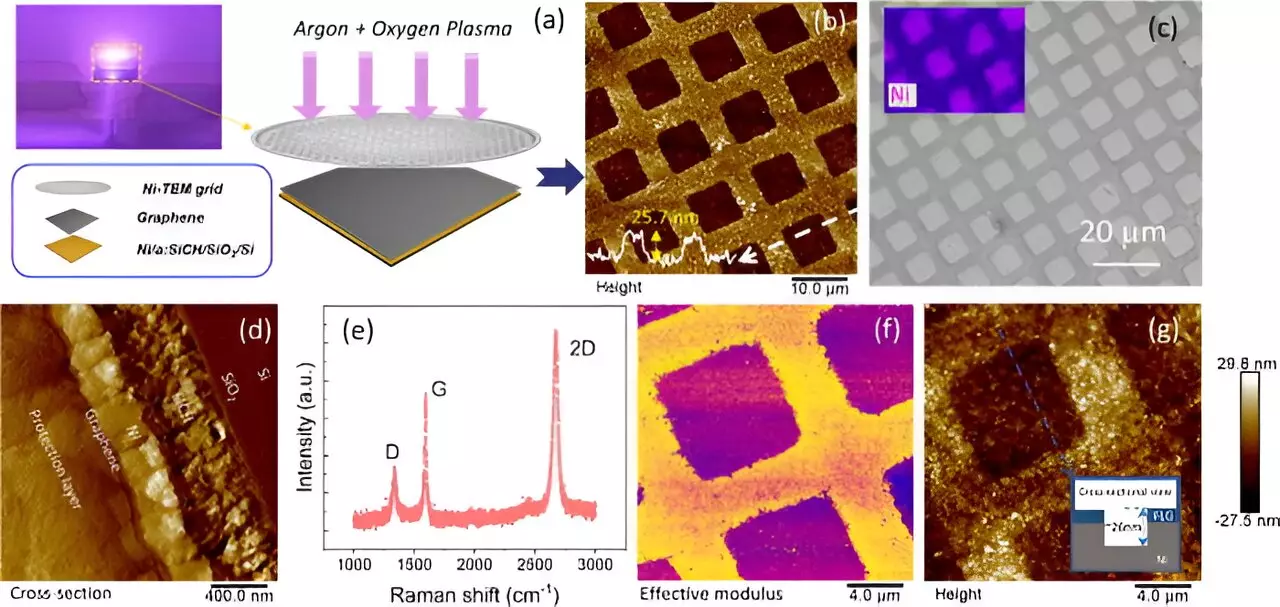In a recent study published in Applied Physics Reviews, researchers have introduced a cutting-edge technique aimed at enhancing the capacity of sodium-ion batteries. The research, led by Professor Oleg Kolosov from Lancaster University and Professor Zhigao Huang from Fujian Normal University, with key contributions from Associate Professor Yue Chen, marks a significant milestone in the field of rechargeable battery technology.
Professor Kolosov emphasized the importance of nanoscale studies in understanding rechargeable storage systems. He highlighted the need for more efficient and safe battery alternatives to lithium-ion batteries, given the scarcity and difficulty in mining lithium. The development of a new technique, known as electrochemical ultrasonic force microscopy (EC-UFM), opens up new possibilities for researchers to directly observe battery interfaces during operation, providing valuable insights into improving battery performance.
The key innovation in this research lies in the ability to visualize and analyze the solid-state interphase (SEI) within batteries, a critical component that influences capacity, power, and lifespan. By leveraging EC-UFM, the scientists were able to study the formation and properties of the SEI, paving the way for advancements in sodium-ion battery technology. This breakthrough comes at a crucial time when the demand for efficient and sustainable energy storage solutions is increasing.
Future Prospects
The new technique developed as part of the NEXGENNA Faraday Institution project holds immense promise for the future of battery technology. By utilizing a solvent as a means of facilitating sodium co-intercalation into the carbon electrode, researchers have overcome a longstanding challenge in increasing the capacity of sodium-ion batteries. Moreover, by controlling the formation of the SEI layer during charging and discharging processes, the scientists have unlocked the potential for more efficient and powerful sodium-ion batteries.
Overall, this groundbreaking research represents a significant step forward in addressing the pressing need for sustainable energy storage solutions. With the development of innovative techniques and a deeper understanding of battery interfaces, the path towards high-capacity sodium-ion batteries looks more promising than ever before. By continuing to push the boundaries of scientific discovery, researchers are paving the way for a more sustainable and energy-efficient future.



Leave a Reply